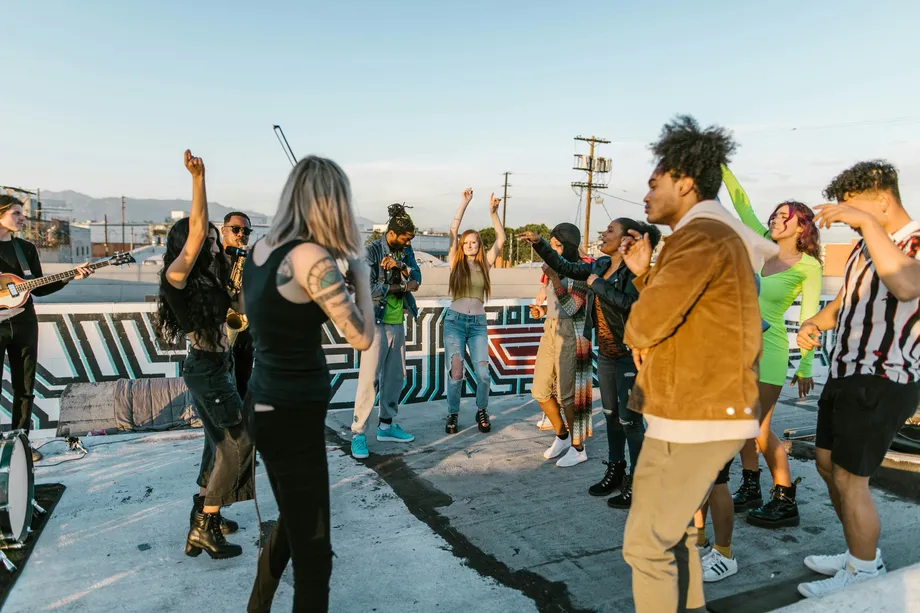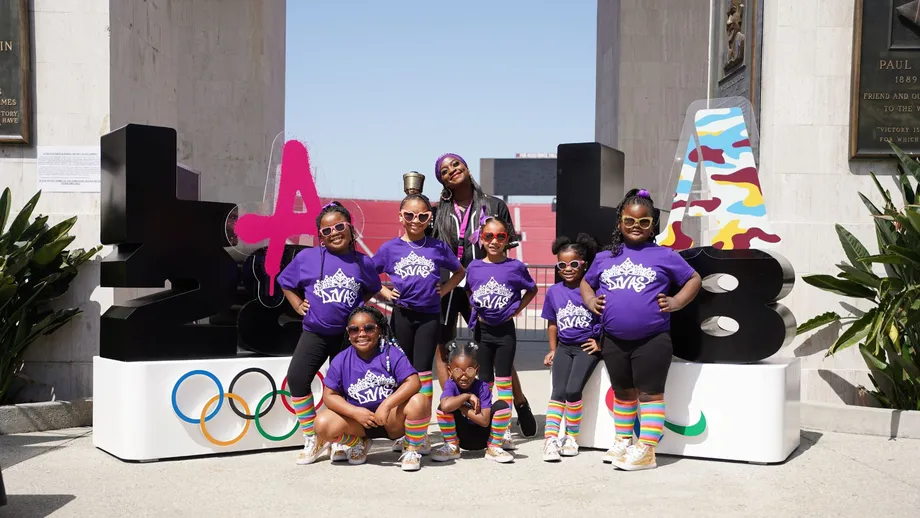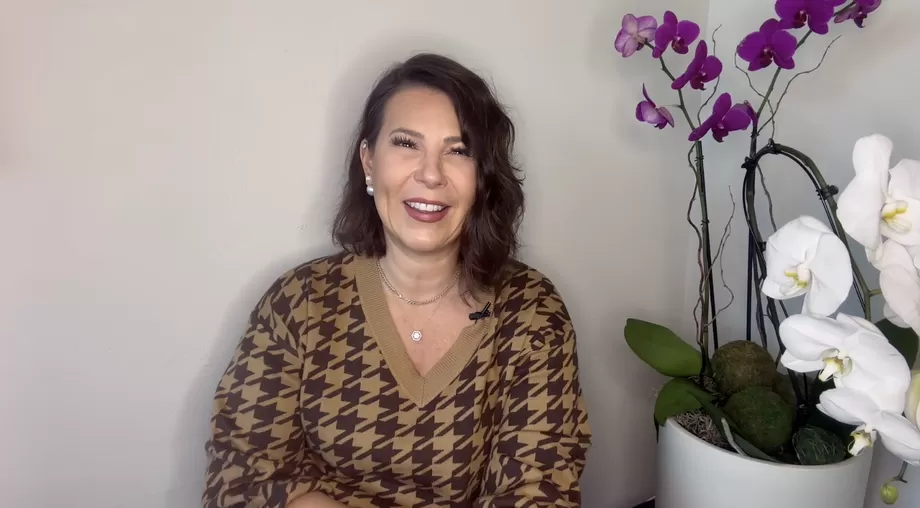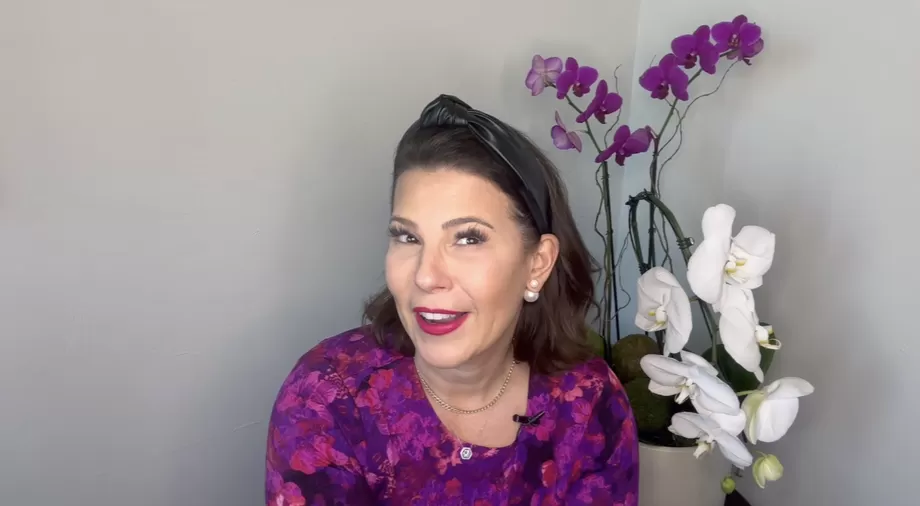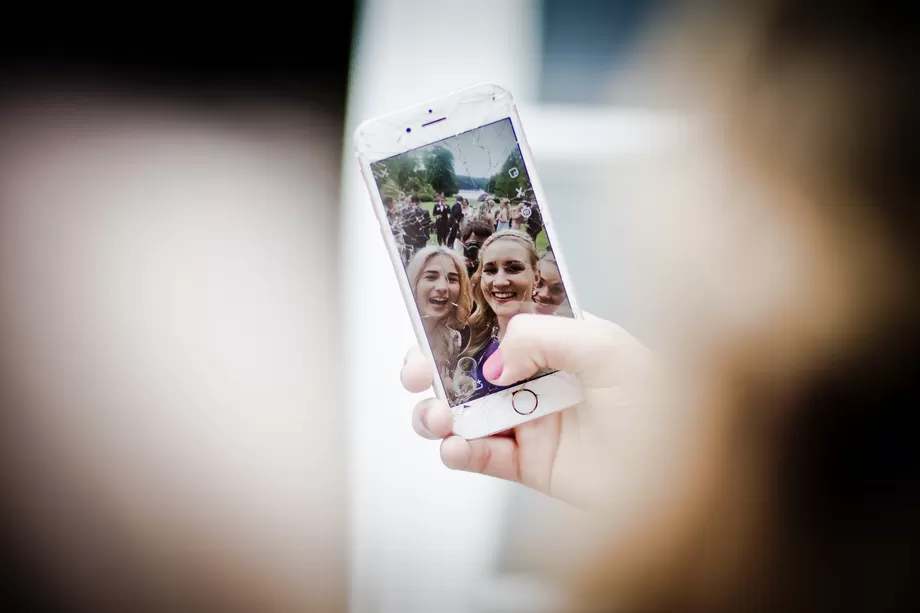
Looking Beyond Attendance: Mastering Event ROI Measurement for Business Growth
Even with the dynamic power of marketing today, events remain one of the most powerful tools brands can use to connect with their audience. We’ve said it a hundred times, and we’ll say it a hundred times more: nothing beats face to face.
But if you don’t have a solid strategy for measuring event marketing ROI, you may not believe in the power of a good event. You have to center the attendee experience from start to finish, but at the end of the day, if you (as the brand) don’t see a return on your investment, it’s hard to say yes to the stress.

How to Ensure Event Marketing ROI
The most important thing to understand is that, when it comes to measuring an event's success, counting attendees is just the beginning. To truly understand the ROI of event marketing, you need to qualitatively and quantitatively assess its impact. Depending on your goals, your event can have a great ROI with 10 attendees or 10,000 attendees.
1. Conduct Pre- And Post-Event Surveys
Diving into quantifiable metrics is amazing, but understanding perspective shifts is a better place to start. Before your event-planning activity starts, send a survey to expected participants to gauge their current brand sentiment. These survey responses provide valuable insight into how your event might influence market perceptions. They give you intel on your audience's first impressions and help set their expectations.
A pre-event survey is only half as insightful as you need it to be without a complementary post-event survey as a follow-up. This allows you to determine how your event affected your attendees' sentiments about your brand. Ask them about their experience and how it influenced them. This type of feedback will show you the less tangible benefits of in-person engagement.
2. Track Social and Traditional Media Mentions
Leveraging event-specific hashtags and Urchin Tracking Module (UTM) codes lets you track the buzz created across your preferred social media platforms. When our team developed a pop-up experiential moment for luxury footwear brand Tamara Mellon, we knew in our hearts that we’d done something great, but being able to measure almost two billion media mentions was even more meaningful.
Monitoring your social media metrics like likes, shares and comments shapes your understanding of your campaign’s digital engagement. But don't forget about traditional media as well! Monitoring traditional media metrics such as articles, features, news mentions and press releases provides data on your reach. This is where media monitoring tools like Mention and Meltwater come in handy.
3. Create Customer Acquisition Infrastructure
Seek ways to improve your customer relationship management (CRM) system and process so you can gather information for your campaign or business development endeavors. If you conduct a pre- or post-event survey, add the attendees’ responses to their profiles. When you do your CRM right, you can see similar events users have attended, gauge how well they enjoyed them, and then determine how likely they are to attend future events. This is an essential part of how to measure an event's effectiveness.
Integrating attendance data into your CRM allows you to analyze and segment new leads generated from each campaign. It's a method that measures how many new customers you bring in and gives you a clearer picture of where your customers are coming from. For bonus points, make the most of marketing AI and automation software to passively optimize your infrastructure over time.
4. Build Targeted Lists From Event Leads
Don't let your lead generation efforts rot on the vine. Use the data to create specific and targeted contact lists using details such as names, companies, phone numbers, email addresses and previous event sentiments. You can use these details for follow-up communications and focused marketing campaigns.
After the initiative, you can also categorize these leads based on their level of interest and engagement. This approach makes sure that leads from events receive personalized attention, making it more likely they will become loyal customers down the road. With proper segmentation within your CRM, you can also export niche lists and use those for smart A/B testing on event attendance advertising on social media.
5. Offset Event Costs With Strategic Partnerships
A strategic partnership is simultaneously the most cost-effective and least-leveraged marketing strategy out there. Partnering with non-competitive brands reduce your workload without adding any costs. Join forces with sponsors, exhibitors or industry allies to share expenses and resources to the benefit of all parties. Afterward, take a look at how these partnerships affected your budget. This is a key factor in understanding how to measure an event's true impact.
Another great benefit of focused teamwork? They can widen your initiative’s reach and potential through shared networks and resources. Reaching a new market is tough; you have to build trust and brand loyalty over time before most people will take action. However, tapping into the network of a trusted partner means you can take advantage of the loyalty they’ve cultivated over the years without an additional heavy lift.
6. Set Goals for Event-Generated Content
Get ready ahead of time to create content using data and materials from your campaign. You should set goals in advance for producing post-event content like blog posts, social media updates, website photos and event videos. By repackaging highlights and testimonials from attendees, you can keep your audience's enthusiasm up even after the campaign is over. Trust us: it’s a terrible feeling to have put so much time and energy into an event only to realize you caught virtually none of it on camera.
The more specific your content goals, the better. Choose how much content (and of what types) you want and then make a plan to achieve it. In other words, if you want to post about events once per week between the current event and the next one, how many pictures do you need—and at what point in the event should you solicit them? It's a content strategy that guarantees your activation's influence lingers longer on digital platforms than it even did in person.
How to Step Beyond Attendance
Measuring event ROI involves looking at the bigger picture. You need to conduct surveys, track media coverage, generate leads, reduce costs with strategic partnerships and plan content to evaluate the success of your event accurately. By taking a comprehensive approach, using both quantitative data and qualitative insights, you can assess the effectiveness of your marketing efforts and measure the success of your event beyond simply counting heads.
Ready to elevate your brand with powerful event marketing strategies? Let's start planning your next big move today! It takes longer to plan an event than you probably think...
Putting together a plan to measure ROI is one of the hundred things you need to do to ensure a successful event. Fortunately, we know all hundred of them. 😉 Check out our other blog posts on event and experiential marketing.
EMBizVideoCover2025_920x690.webp)

